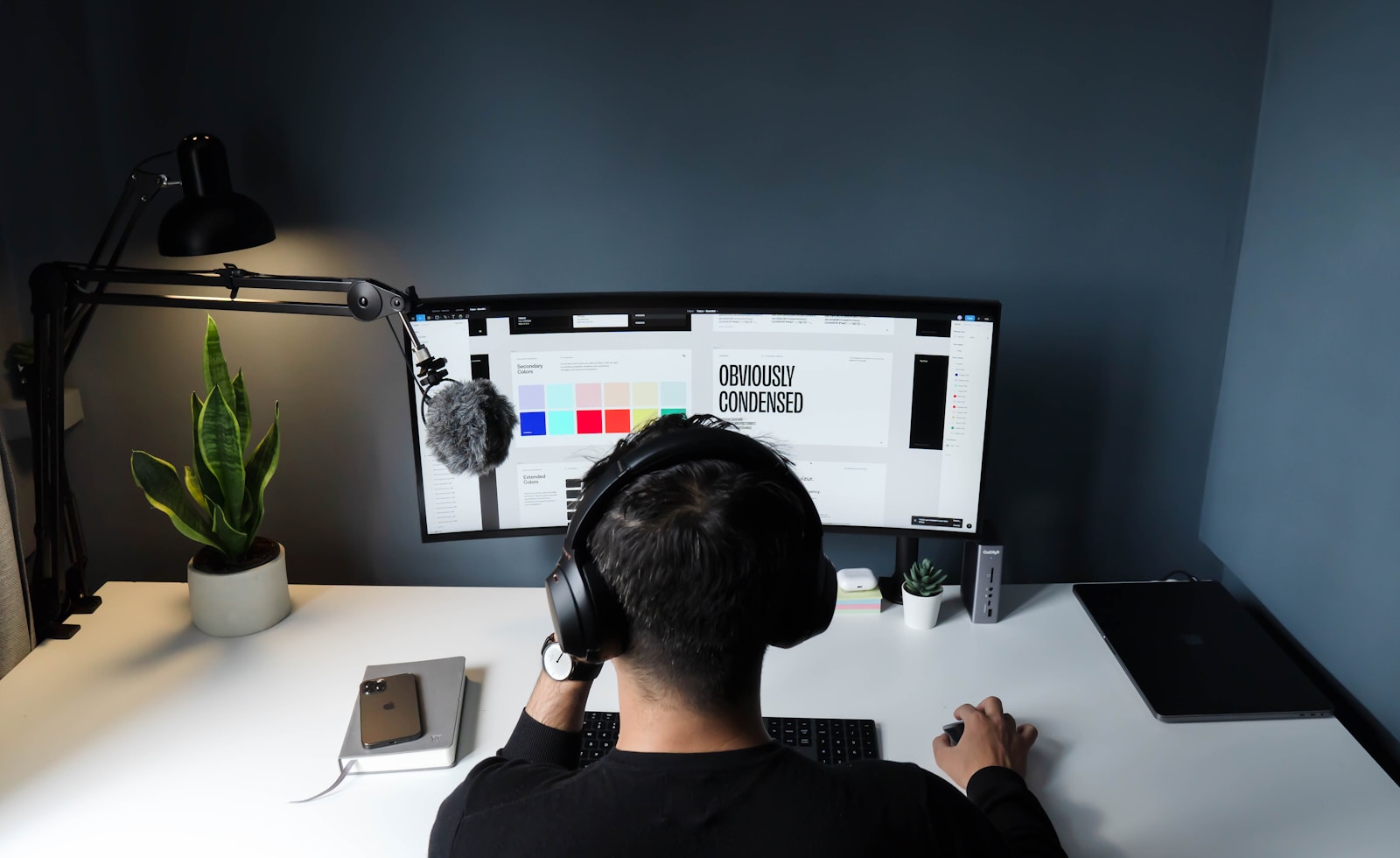Crafting an effective website design is an intricate process that goes beyond just placing text and images on a page. It involves creating a visually appealing and user-friendly interface that enhances the user experience. One of the key components in achieving this is the use of graphic design tools. These tools can transform your website from a plain digital space into an engaging, interactive, and visually compelling experience for your visitors. Let’s dive into how you can leverage graphic design tools for effective website design.
Understanding the Role of Graphic Design in Website Design
Graphic design is the art of combining text and pictures in advertisements, magazines, or books. In the context of website design, it involves creating visual content to communicate messages. Good graphic design enhances the user experience by making a website more aesthetically pleasing, easier to navigate, and more engaging. It’s not just about making things look good; it’s about making them work well.
Choosing the Right Graphic Design Tools
There are numerous graphic design tools available, each with its own strengths and specialties. Here are some of the most popular ones:
- Adobe Photoshop: Known for its powerful image editing capabilities, Photoshop is ideal for creating detailed graphics and photo manipulations.
- Adobe Illustrator: Perfect for vector graphics, logos, and illustrations, Illustrator offers precision and scalability.
- Sketch: A favorite among UI/UX designers, Sketch is excellent for creating user interfaces and prototypes.
- Figma: This cloud-based tool is great for collaborative design projects, allowing multiple designers to work on a project simultaneously.
- Canva: User-friendly and versatile, Canva is perfect for beginners and quick design tasks, offering a wide range of templates and design elements.
Creating a Cohesive Visual Theme
Consistency is key in website design. Using graphic design tools, you can create a cohesive visual theme that aligns with your brand identity. Here’s how:
- Color Scheme: Choose a color palette that represents your brand. Tools like Adobe Color can help you create harmonious color schemes.
- Typography: Select fonts that are legible and reflect your brand’s personality. Tools like Google Fonts offer a wide variety of free typefaces.
- Imagery: Use high-quality images that resonate with your audience. Stock photo sites like Unsplash and Pexels can provide beautiful, free images.
Designing User-Friendly Interfaces
Graphic design tools are invaluable for designing user-friendly interfaces. Here’s how to use them effectively:
- Wireframing and Prototyping: Tools like Sketch, Figma, and Adobe XD allow you to create wireframes and prototypes. These are essential for planning the layout and functionality of your website.
- Responsive Design: Ensure your design looks great on all devices. Tools like Figma and Sketch offer features to test and adapt your designs for different screen sizes.
- Interactive Elements: Use graphic design tools to create interactive elements like buttons, hover effects, and animations. These can make your website more engaging and intuitive.
Enhancing Visual Content
Visual content is a powerful way to communicate with your audience. Here’s how to use graphic design tools to enhance your website’s visual content:
- Custom Graphics: Create unique graphics that set your website apart. Adobe Illustrator and Photoshop are great for crafting custom icons, illustrations, and infographics.
- Photo Editing: Use Photoshop or Canva to enhance and edit your photos. Adjusting brightness, contrast, and saturation can make your images more appealing.
- Visual Hierarchy: Organize your content visually to guide the user’s eye. Use size, color, and placement to create a clear visual hierarchy, making your website easier to navigate.
Streamlining the Design Process
Efficiency is crucial in the design process. Graphic design tools can streamline your workflow, saving you time and effort. Here are some tips:
- Templates and Presets: Use templates and presets to quickly create consistent designs. Tools like Canva and Adobe Spark offer a wide range of templates for different purposes.
- Plugins and Extensions: Enhance your design tools with plugins and extensions. For instance, Sketch and Figma have extensive libraries of plugins that can add functionality and improve your workflow.
- Collaboration Tools: Use collaboration features in tools like Figma and Adobe XD to work seamlessly with your team. Real-time collaboration can speed up the design process and improve communication.
Conclusion
Using graphic design tools for website design is about more than just making things look pretty. It’s about creating a cohesive, user-friendly, and engaging experience for your visitors. By choosing the right tools and using them effectively, you can elevate your website design and create a powerful digital presence for your brand. Whether you’re a seasoned designer or just starting, these tools can help you bring your vision to life and make your website stand out in the crowded digital landscape.

